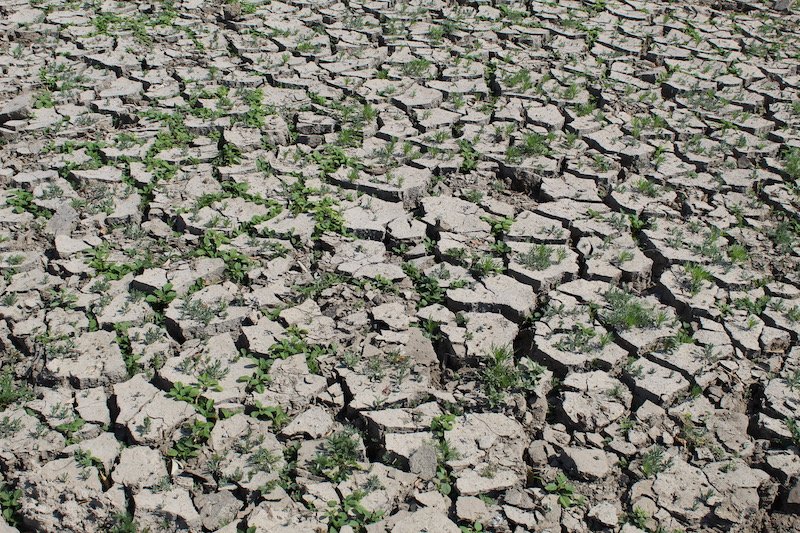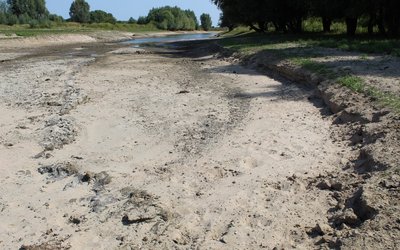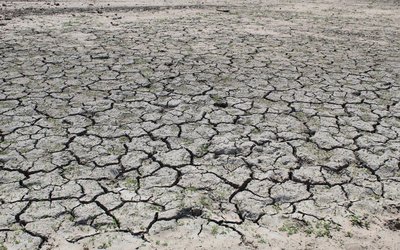Droughts in the soil increase much less than droughts at the earth surface
May 8, 2019

Droughts under 1.5 and 2 °C global warming
The Paris Agreement aims to limit global temperature rise below 2 °C and preferably below 1.5 °C above pre-industrial levels. Drought risk is projected to increase, probably more under 2 °C compared with 1.5 °C global warming. Global drought trends towards 2100 have been estimated based on multi-model simulations of climate change.
Two types of droughts
A distinction was made between two types of droughts. Meteorological droughts describe precipitation deficiencies resulting from the combined effect of changes in precipitation and evapotranspiration. Droughts in the soil, often called ‘agricultural droughts’, refer to the impact of meteorological droughts on the soil water that is available for plants.
In this study a dry period is called a ‘drought event’ when dry conditions last for at least three continuous months. Whether conditions are considered ‘dry’ was derived from the quantification of four drought indicators. These indicators describe precipitation deficiency, net precipitation deficiency (including evapotranspiration), soil moisture at the surface, and soil moisture at the root zone, respectively.
Increase frequency and duration
Globally, the frequency and duration may increase much faster for meteorological droughts than for surface soil moisture droughts and root zone soil moisture droughts.
Meteorological droughts are projected to occur about 36% more frequent under 1.5 °C global warming, and 62% more frequent under 2 °C warming. For surface soil moisture droughts the estimated frequency increases are 5% (1.5 °C warming) and 14% (2 °C warming), respectively.
On average, meteorological droughts are projected to last about 15% and 20% longer under 1.5 °C and 2 °C global warming, respectively. For surface soil moisture droughts the estimated duration increases are 5% (1.5 °C warming) and 2% (2 °C warming), respectively. The spread around these average numbers are large, however. Projected drought increase in the root zone is generally less than at the soil surface.
Drought impacts on the soil
Surface soil moisture drought risk will probably increase in America, South America, Europe, southern Africa, southern China and Australia. For Europe, the projected frequency increase of surface soil moisture droughts is 32% and 51% for 1.5 °C and 2 °C global warming, respectively. The increase of root zone soil moisture drought risk will be much less, however. Root zone soil moisture drought frequency in Europe is projected to increase by 5% and 15% for 1.5 °C and 2 °C global warming, respectively. The areas affected by droughts will increase less than 10%; this increase will be largest in Africa, Oceania and South America.
For food production and terrestrial biodiversity soil moisture in the root zone is particularly relevant. This study shows that changes in meteorological and soil moisture droughts do not have to be the same. In fact, root soil moisture droughts will probably not increase as much as meteorological droughts. Still, limiting globally averaged temperature rise below 1.5 °C will substantially reduce drought risk in duration and frequency relative to the 2 °C level.
Source: Xu et al., 2019. International Journal of Climatology 39: 2375 - 2385.








